Wieviel Strom produziert die Schweiz selber? Wieviel Energie wird importiert? Und von welchem Energieträger verbrauchen Schweizerinnen und Schweizer wieviel? Diese und viele weitere Informationen finden sich in der Energiebilanz der Schweiz. Neu sind die Daten auch im Open-Data-Format zugänglich. Weiterlesen
Schlagwortarchiv für: Opendata
Energiereporter: Ein Push für mehr «offene Energiedaten» in der Schweiz
Die Digitalisierung und die Nutzung von Daten können die Transformation des Energiesystems hin zur Klimaneutralität wesentlich unterstützen. Eine wichtige Rolle spielen dabei auch digitale Tools zur Information und Sensibilisierung wie beispielsweise der Energiereporter. Seit seiner Lancierung vor knapp einem Jahr hat der Energiereporter durchwegs positives Echo bei Gemeinden und Kantonen ausgelöst. Allerdings bemängelten viele Nutzerinnen und Nutzer, dass die Daten zu den Key Performance Indicators (KPIs) wie «Ausnutzung PV Potential» oder «Anteil erneuerbarer Heizungen» nicht heruntergeladen werden konnten und eine schweizweite Darstellung des aktuellen Stands fehlte. geoimpact und das Bundesamt für Energie BFE haben nun gemeinsam die Datensilos des Energiereporters geöffnet. Weiterlesen
Publication de données à l’ère des Linked Data – une étape importante pour OGD et la numérisation à l’OFEN
Dernièrement l’OFEN a publié les données concernant la Statistique de la recherche énergétique, qui recense les projets de recherche énergétique financés par les pouvoirs publics. Il ne s’agit pas seulement d’une autre publication Open Government Data (OGD), mais aussi d’une innovation dans le domaine des données ouvertes: la première publication de données liées (Linked Data) que l’OFEN prépare en interne. Celle-ci suit un projet pilote qui utilisait les Statistique des aménagements hydroélectriques (SAHE) publiées en collaboration avec swisstopo. Weiterlesen
Des données ouvertes mieux adaptées à une société digitale
La Confédération vise, par la mise en œuvre de la stratégie Open Government Data 2019-2023, une meilleure efficience, transparence et promotion de l’innovation grâce à la distribution simple et gratuite d’un grand nombre de données. L’OFEN s’associe aux objectifs de la stratégie et publie depuis plusieurs années des données ouvertes. Les données pour les centrales hydroélectriques ou encore les bornes de recharges pour voitures électriques sont par exemple mises à disposition. Weiterlesen
Wie dank offenen Daten neue Mobilitäts-Apps entstehen
Der schnellste Weg von A nach B: Die gängigen Karten im world-wide-web zeigen uns auf einen Klick die schnellste Route – zu Fuss, mit dem Auto, dem Zug. Neue Applikationen bauen nun auch Shared-Mobility-Angebote ein. Möglich wird das dank den offenen Daten (open data) des Bundes. Weiterlesen
Studierende der Uni Bern visualisieren Energiedaten
Wie aus den Energie-Daten des Bundesamts für Energie Geschichten werden, das zeigen Studierende der Universität Bern mit ihren Visualisierungen. Besonders interessiert haben die Daten zu Photovoltaik und Wasserkraft. Weiterlesen
Sonnendach.ch e Sonnenfassade.ch: un successo lungo 5 anni, ora Open nella sua forma completa.
Era il 23 febbraio 2016, quasi 5 anni fa, quando Martin Hertach annunciava su questo stesso blog l’attivazione della pagina web sonnendach.ch.
In maniera semplice e intuitiva (grazie alla collaborazione tra l’OFEN, swisstopo e meteosvizzera), veniva messo gratuitamente a disposizione della popolazione uno strumento in grado di dare indicazioni importanti sul potenziale solare di 4.2 milioni di tetti in Svizzera (circa il 50% del totale).
L’offerta si è ampliata sempre più e nel febbraio 2017 al potenziale dei tetti si è anche aggiunto quello delle facciate delle case, che può essere calcolato sul sito sonnenfassade.ch. Weiterlesen
Rauchende Köpfe für CO2 Neutralität: Open Energy Data Hackdays 2020 in Brugg
Am vergangenen Wochenende war es wieder soweit: Die Zukunftsregion Argovia und Opendata.ch luden, unter anderem auch unterstützt durch das Digital Innovation Office des Bundesamts für Energie (BFE), zu den diesjährigen Energy Data Hackdays ein. Hier arbeiteten Teilnehmerinnen und Teilnehmer mit unterschiedlichstem Hintergrundwissen zwei Tage lang an neuen, datenbasierten Lösungen für die Zukunft des Energiesektors. Weiterlesen
Offenheit, Innovation, Transparenz und Zusammenarbeit waren nie so wichtig wie heute. Die Herausforderungen, vor welchen der Schweizerische Energiesektor steht, werden nicht ohne kollaborative Ansätze zu lösen sein. Weiterlesen
Neues Buch erschienen: Wie wird die Digitalisierung die Energieversorgung verändern?
New book published: How will digitization change the energy supply?
The book “ Realization Utility 4.0 “ has just been published by Springer Verlag . Cross-industry experts present where and how digitization will change the energy supply system or where it is already doing so. Topics such as intelligent measuring systems (smart meters), energy data management systems, OpenData, DataScience, data hubs, flexibility and blockchain are explained in a practical and application-oriented manner and perspectives are shown. The book may be considered one of the most comprehensive basic reports on the subject of digitization, energy and decarbonization, since it really depicts all links in the value chain and provides strategic impulses.
Together with well-known industry experts, I was able to contribute to the Swiss energy landscape, which is perhaps still somewhat unknown on the «digital floor». It was important to me to draw as broad a view as possible of the current energy and electricity landscape in Switzerland so that readers with a good foundation can enter into the further, not entirely trivial discussion about the role of digital platforms, OpenData and data hubs in the energy sector. Simplified conclusion: It will take a lot more data and simple, platform-based access to this data, which is also accessible to machines. This can be used to advance innovations and clever digital solutions. So platforms and data hubs are at the center of my book contribution. He shows, how they will support the electricity market and thus innovation as well as the use of flexibility in future SmartGrids and SmartMarkets. There is still a lot to do here, especially in the energy sector.
Fortunately, the potential of digitization, data and data hubs is slowly being recognized by the energy industry and other stakeholders – this is shown in the consultation report on the revision of the Electricity Supply Act (StromVG) and the statements on the subjects of data, data exchange, metrology and data hubs. It is therefore not surprising that Ms Sommaruga mentioned at the media conference on the revision of the Electricity Supply Act that measurement technology and data hubs – and thus digitization in a broader sense – should be examined more closely. I am happy to be able to push these topics forward in the BFE’s Digital Innovation Office, because the BFE finally has the dialog paper on digitization in the energy sector important impulses for the further material discussion in Switzerland.
Matthias Galus, Head of Digital Innovation Office, SFOE
Kontakt
Bundesamt für Energie
Pulverstrasse 13
3063 Ittigen
Postadresse:
Bundesamt für Energie
3003 Bern
Telefonnummern:
Hauszentrale +41 58 462 56 11
Pressestelle +41 58 460 81 52
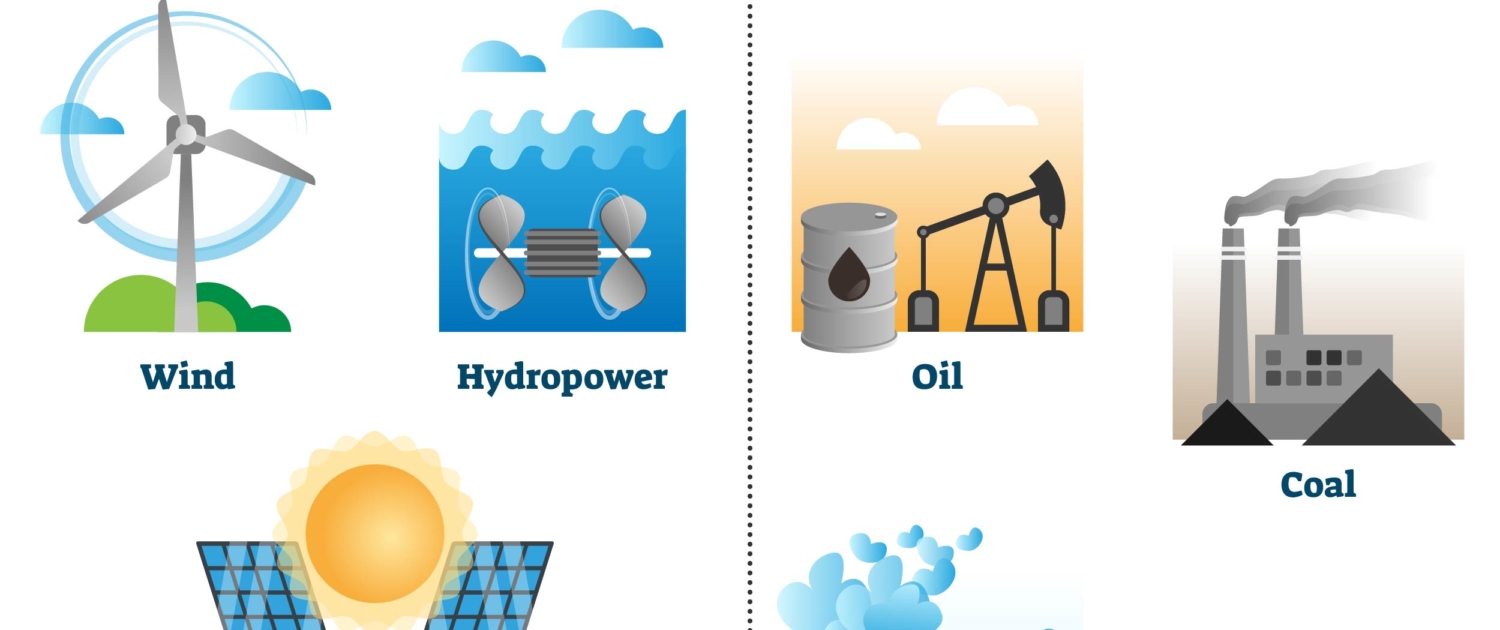 shutterstock
shutterstock Shutterstock
Shutterstock shutterstock
shutterstock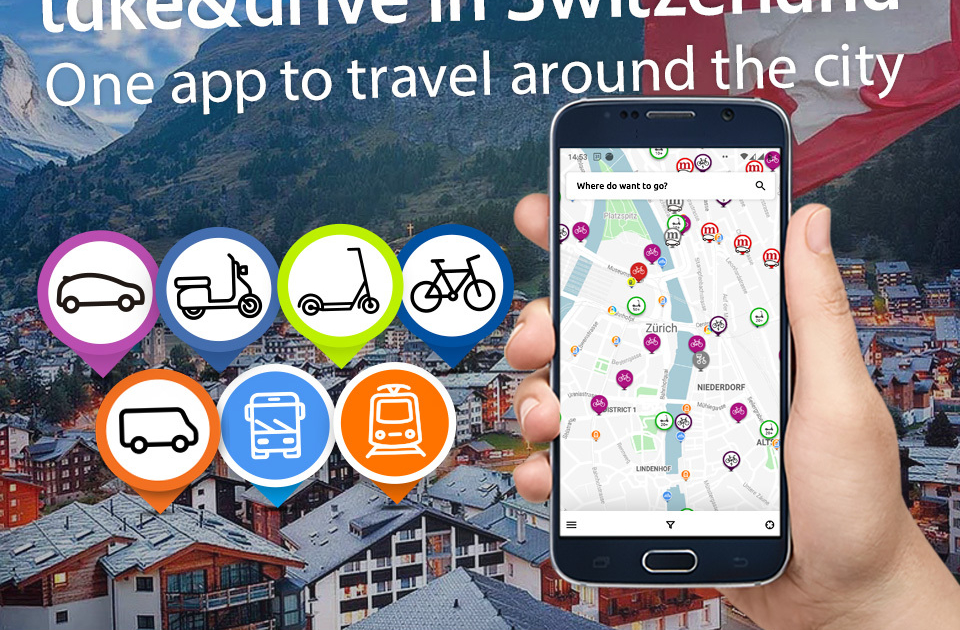 take and drive
take and drive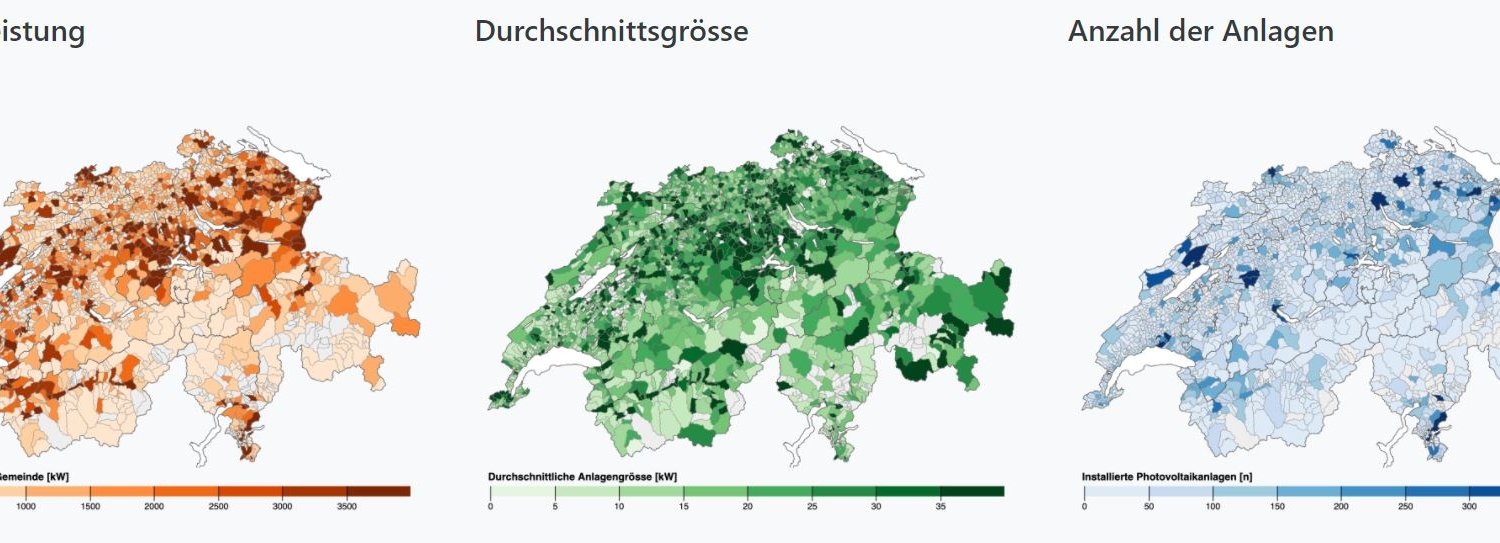 Geoinformation BFE
Geoinformation BFE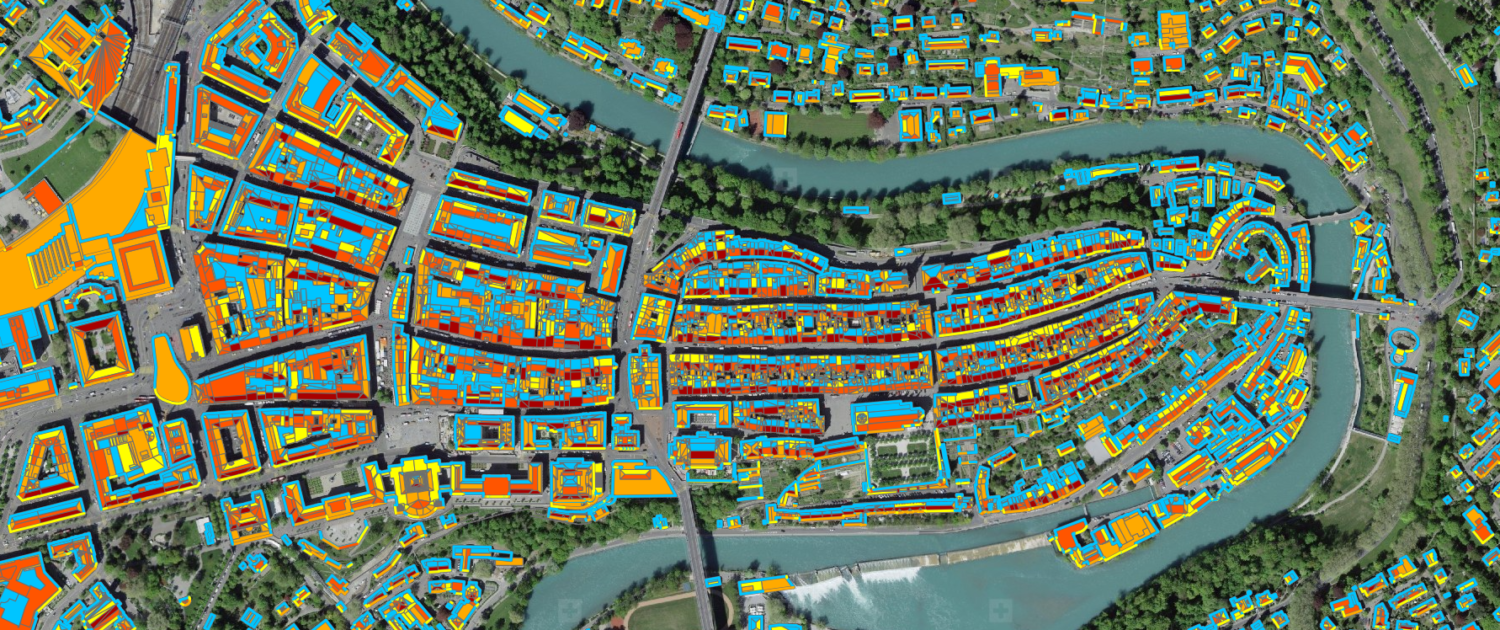 BFE
BFE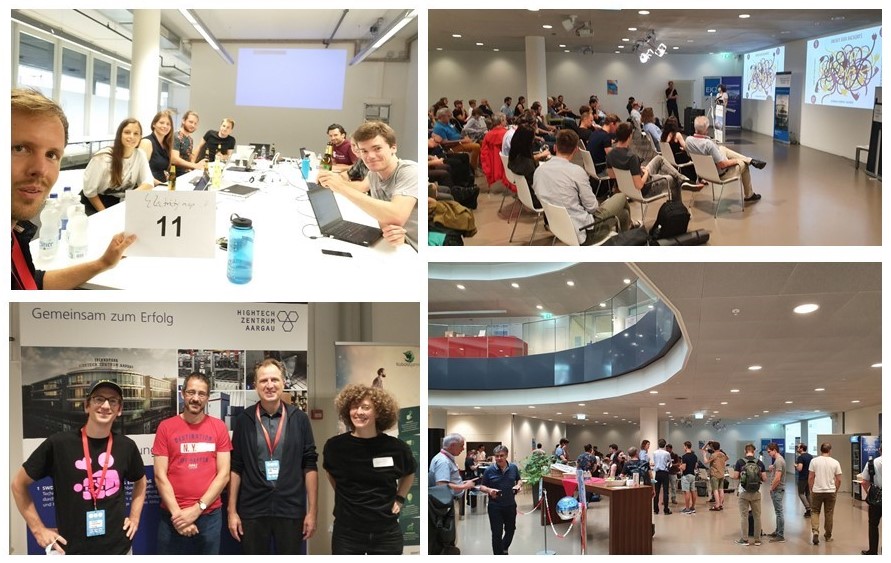 BFE
BFE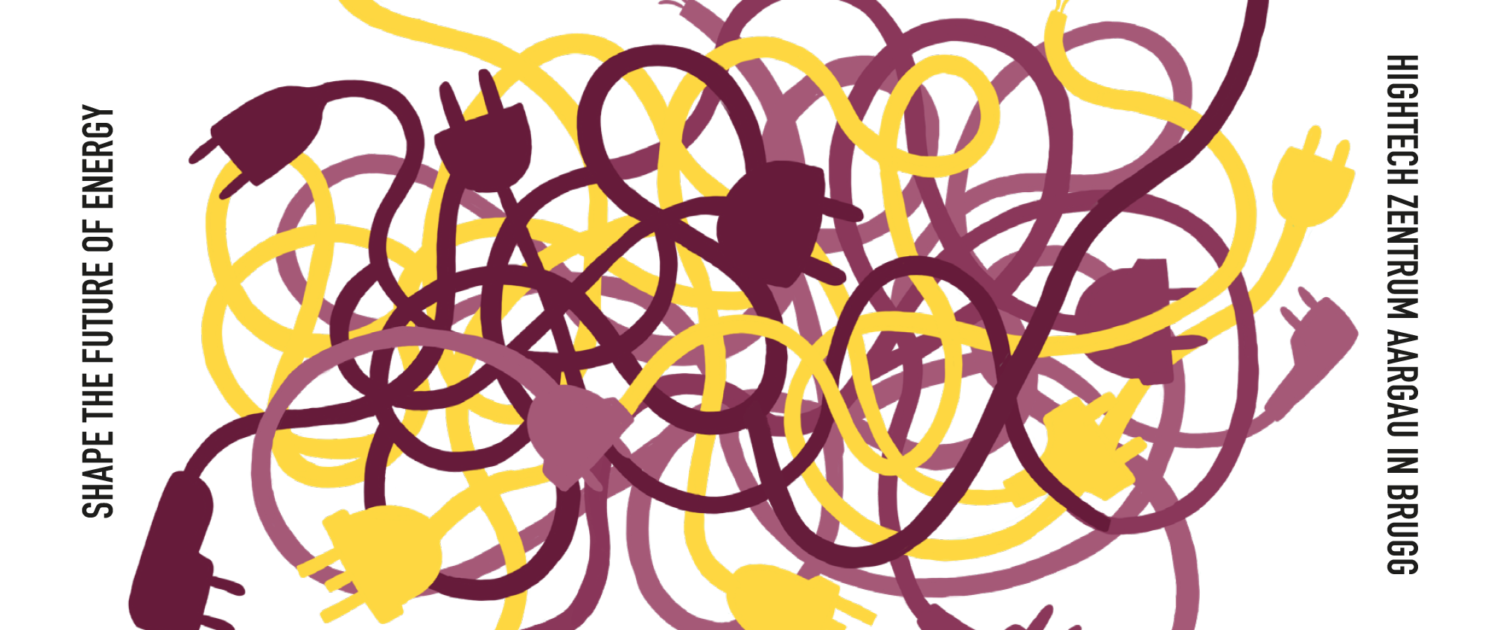 Opendata.ch
Opendata.ch Shutterstock
Shutterstock